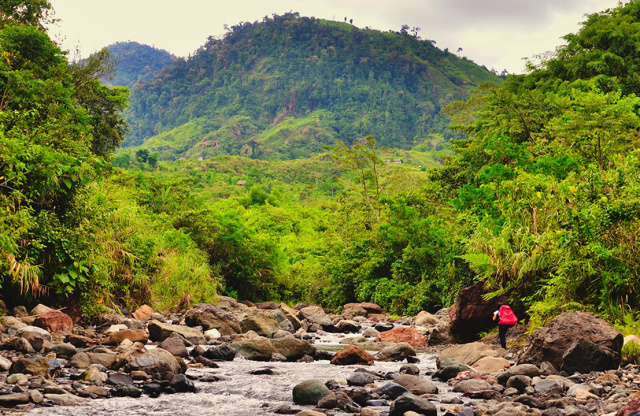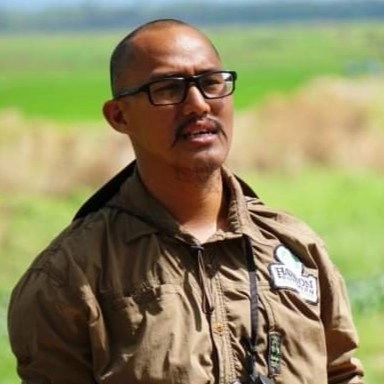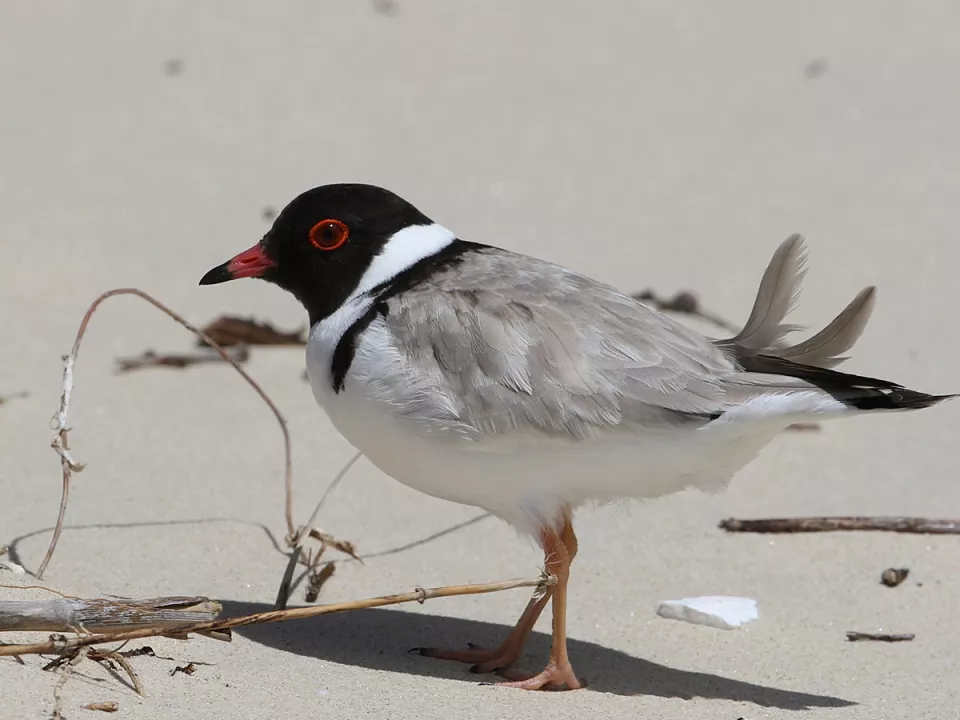Rufous-headed Hornbill: A flagship species for conservation action
Between 2019 and 2022, I led efforts to spotlight the Rufous-headed Hornbill as a pivotal species crucial for sustaining and safeguarding the biodiversity of the Central Panay Mountains. This hornbill species, critically endangered, finds its habitat in the forests of Panay and Negros islands. This initiative seamlessly integrated with prior conservation endeavors on the islands under the auspices of the Haribon Foundation - Philippines, the organization to which I belong.
The primary aims of this undertaking were as follows: firstly, to gather foundational data on the population distribution of the species in the northeastern region of the Central Panay Mountains; secondly, to raise awareness about the species through educational outreach in schools, communities, and governmental offices; thirdly, to furnish policymakers with vital information essential for crafting forest conservation policies; and finally, to enhance forest resource management via the implementation of various protection strategies and capacity-building activities.
Examining the population dynamics of this particular species holds immense significance as it serves as a crucial barometer for assessing the overall health and recovery of the forest
ecosystem. Through collaborative efforts bolstered by local support, we successfully executed the project, conducting nesting surveys, instituting measures for protecting hornbill nests, identifying the specific fruits consumed by these birds to inform reforestation efforts, and facilitating the establishment of "Bantay Gubat" or Eco-Ranger programs.
Furthermore, our involvement in the EDGE program initiated by the Zoological Society of London deserves mention. EDGE employs a scientific framework to pinpoint the world's most Evolutionarily Distinct and Globally Endangered (EDGE) species, which occupy unique niches in the Tree of Life and face imminent extinction threats.
Our contributions through the Haribon Foundation have earned us recognition, leading to inclusion in the IUCN Specialist Group (International Union for Conservation of Nature). Simultaneously, we serve as the national partner of BirdLife in the Philippines, further solidifying our commitment to avian conservation efforts.
It is very important to study the population of this particular species in the area because they are simply a critical indicator in providing information about the health and recovery of the forest.


David Quimpo
Between 2019 and 2022, I led efforts to spotlight the Rufous-headed Hornbill as a pivotal species crucial for sustaining and safeguarding the biodiversity of the Central Panay Mountains. This hornbill species, critically endangered, finds its habitat in the forests of Panay and Negros islands. This initiative seamlessly integrated with prior conservation endeavors on the islands under the auspices of the Haribon Foundation - Philippines, the organization to which I belong.
The primary aims of this undertaking were as follows: firstly, to gather foundational data on the population distribution of the species in the northeastern region of the Central Panay Mountains; secondly, to raise awareness about the species through educational outreach in schools, communities, and governmental offices; thirdly, to furnish policymakers with vital information essential for crafting forest conservation policies; and finally, to enhance forest resource management via the implementation of various protection strategies and capacity-building activities.
Examining the population dynamics of this particular species holds immense significance as it serves as a crucial barometer for assessing the overall health and recovery of the forest
ecosystem. Through collaborative efforts bolstered by local support, we successfully executed the project, conducting nesting surveys, instituting measures for protecting hornbill nests, identifying the specific fruits consumed by these birds to inform reforestation efforts, and facilitating the establishment of "Bantay Gubat" or Eco-Ranger programs.
Furthermore, our involvement in the EDGE program initiated by the Zoological Society of London deserves mention. EDGE employs a scientific framework to pinpoint the world's most Evolutionarily Distinct and Globally Endangered (EDGE) species, which occupy unique niches in the Tree of Life and face imminent extinction threats.
Our contributions through the Haribon Foundation have earned us recognition, leading to inclusion in the IUCN Specialist Group (International Union for Conservation of Nature). Simultaneously, we serve as the national partner of BirdLife in the Philippines, further solidifying our commitment to avian conservation efforts.
It is very important to study the population of this particular species in the area because they are simply a critical indicator in providing information about the health and recovery of the forest.

You might like...

Guardians of the Forest

Raptors on Bruny Island

Bruny Island nesting box project

Protecting shorebirds on Bruny Island
Newsletter
Sign up to keep in touch with articles, updates, events or news from Kuno, your platform for nature
